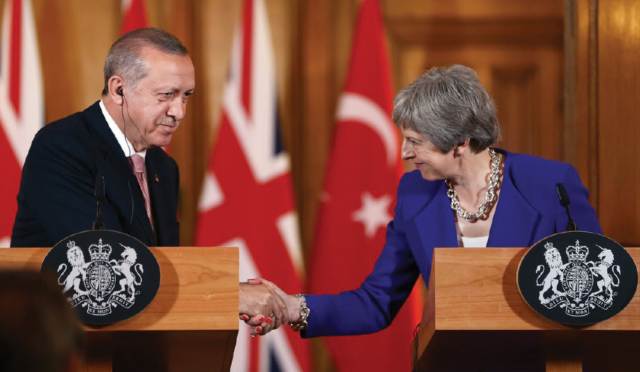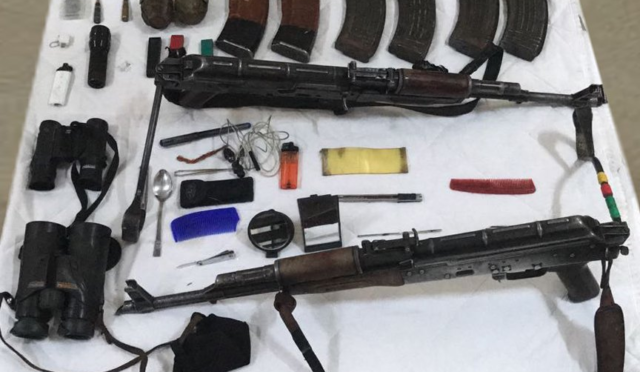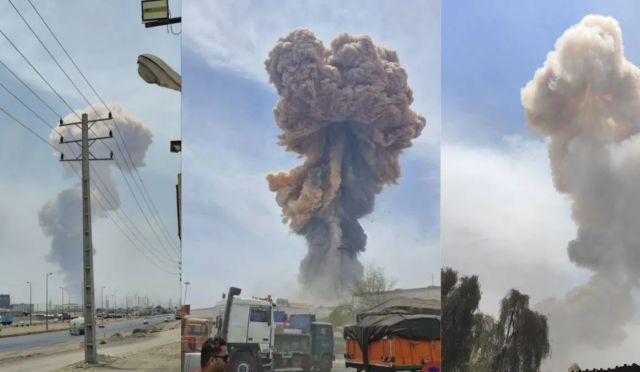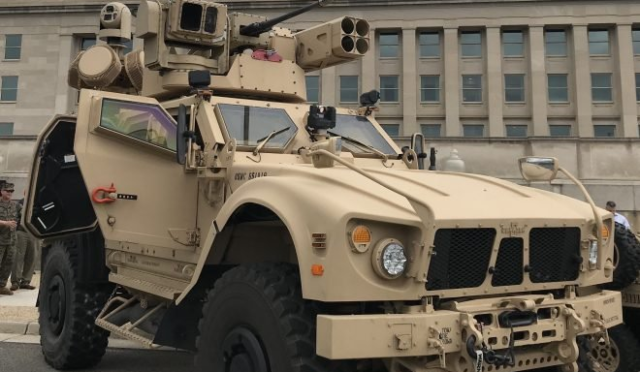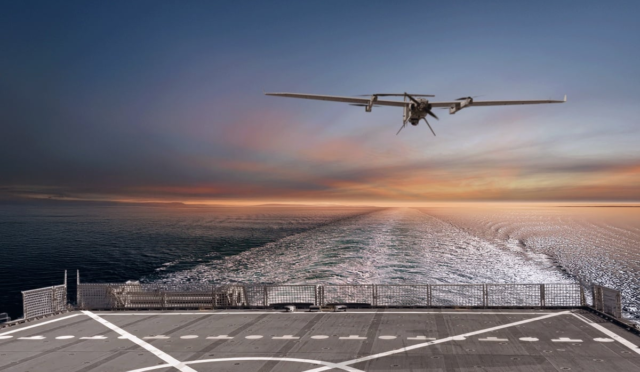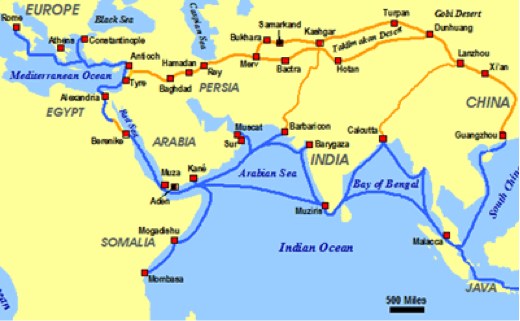Patriot Air Defense Deployment to the Middle East: Key Insights
**The U.S. is currently in the process of transporting Patriot air defense batteries from the Indo-Pacific region to the Middle East, marking a crucial phase in military operations in the area. This notable shift was announced following an agreement for the temporary deployment of Patriot systems stationed in South Korea. The move has sparked discussions about a potential shift in the responsibilities of U.S. Forces Korea (USFK), as this is the first known instance of USFK equipment being sent to the Middle East. The Patriot systems play a pivotal role in defending against missile threats from North Korea, working in conjunction with South Korea’s own air defense capabilities.**
These developments come on the heels of a report from NBC detailing an authorization by U.S. Defense Secretary Pete Hegseth to relocate at least two Patriot batteries and one THAAD air defense system from Asia to the Middle East. While details about the specific batteries were not disclosed, the Air Force Command emphasized its dedication to the Korean Peninsula, explaining that the deployment is part of a rotational strategy. USFK affirmed its commitment to maintaining a strong, capable, and ready force to address any potential contingencies on the Peninsula.
Military Buildup in the Middle East
The United States is engaged in a significant military buildup in the Middle East as part of its strategic response to regional tensions. Recently, Defense Secretary Pete Hegseth ordered the deployment of the Nimitz-class aircraft carrier USS Carl Vinson from the Indo-Pacific to bolster U.S. defenses in the area. Additionally, the U.S. has extended the presence of the USS Harry S. Truman aircraft carrier in the region, alongside positioning multiple refueling aircraft, transport planes, and at least six B-2 bombers at Diego Garcia, a military base in the British Indian Ocean Territory.
The B-2 bombers, known for their stealth capabilities, are particularly notable for their ability to evade advanced air defense systems and deliver precise strikes. Initially, the mobilization of U.S. forces was interpreted as preparations for potential offensives against Yemen-based Houthi militias. However, indicators now suggest a focus on countering Iran, a significant supporter of these militias. Former President Trump previously set a two-month deadline for Iran to negotiate over its nuclear program, warning of severe consequences if an agreement is not reached.
Patriot Previously Deployed in the Region
The Patriot air defense system has a history of deployment in the Middle East, having been utilized during the 1991 Gulf War. However, this initial deployment faced significant challenges, most notably the failure to intercept an Al Hussein Scud missile from Iraq, resulting in the tragic deaths of 28 U.S. soldiers in Saudi Arabia. Despite its previous shortcomings, the ongoing conflict in Ukraine has highlighted the system’s effectiveness, leading to an increased interest in its capabilities and the potential integration of more advanced versions.
The advanced PAC-3 variant of the Patriot system focuses on intercepting threats at lower altitudes and has proven essential in current defense strategies. With both Patriot and THAAD systems already active in the region, these enhancements are expected to better address the evolving security landscape in the Middle East.

